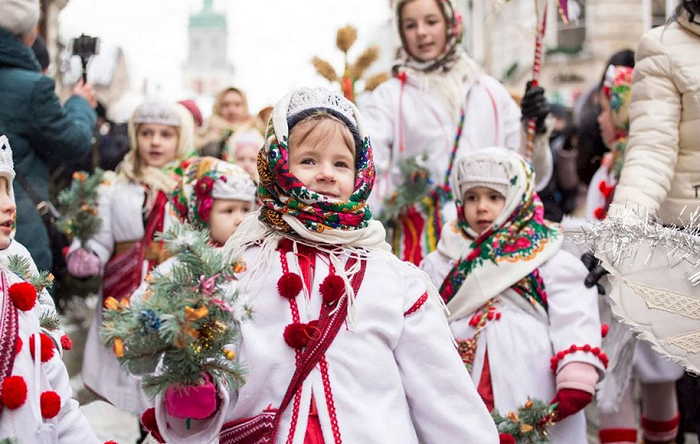The holiday is dedicated to the events described in the Gospel. During the time of King Herod, a population census was carried out. Then the Jews kept records by tribes, tribes and clans. Joseph, Mary’s husband, was from the line of King David, whose city was Bethlehem.
Joseph and Mary went there, and there it was time for her to give birth to a baby. In the Gospel and in the account of Dmitry of Rostov, this happened in a cave in which cattle were sheltered in bad weather. There was no other place to stay in the city due to the large number of people arriving for the census. Based on the testimony of the saints, the author writes that the birth was painless, Mary gave birth without the help of midwives, swaddled herself, put her in a manger, and then worshiped him as God and Creator.
The Orthodox calendar reports that in the first centuries, Christians celebrated one holiday – Epiphany, which combined the birth, the worship of the Magi and the baptism of Jesus Christ. In the 4th century, John Chrysostom calls Christmas a very ancient holiday and singled it out. The first mention of the date of birth of Jesus Christ appeared in the Roman Chronograph of 354. In the same century, there was a division into two major holidays – Christmas and Epiphany.
Under Emperor Justinian (VI century), the celebration of the Nativity of Christ was established wherever Christians lived. In the 16th century, when Europe switched to the Gregorian calendar, the dates for celebrating Christmas among Orthodox and Catholics became different.

